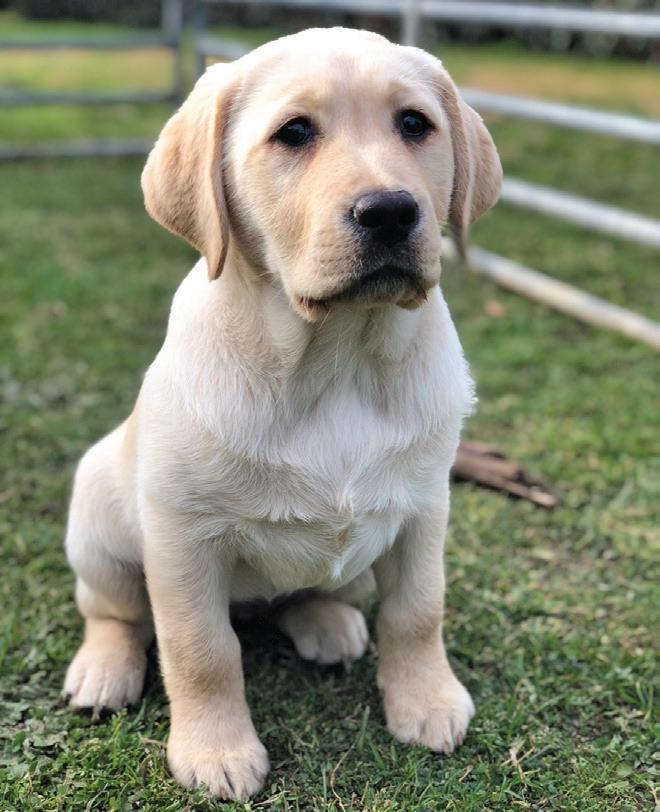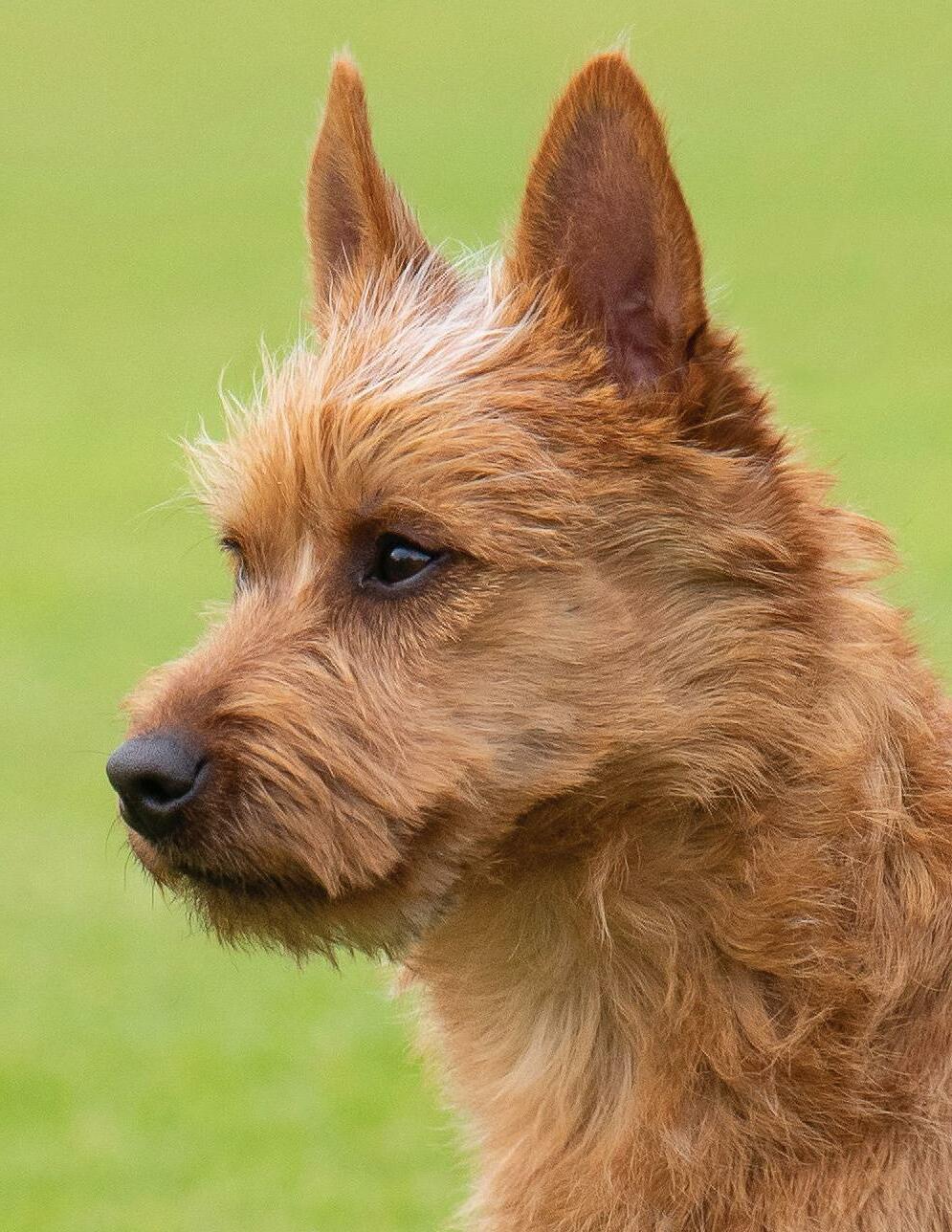
6 minute read
The Pet Show
A Dog Called Blue $ 80.00 Postage $20.00 (Within NSW Only) Dog Problems $36.50 Postage $20.00 (Within NSW Only) Dog Training $36.50 Postage $15.00 (Within NSW Only) Kids & Dogs $42.00 Postage $15.00 (Within NSW Only) Furber’s Concise Encyclopaedia of Dogs $38.00 Postage $15.00 (Within NSW Only) Give Your Dog A Bone $46.00 Postage $15.00 (Within NSW Only) The New Dog Owner’s Manual $68.95 Postage $20.00 (Within NSW Only) The Barf Diet $30.00 Postage $15.00 (Within NSW Only) Grow Your Pups with Bones $51.00 Postage $20.00 (Within NSW Only) The Dog Whisperer $33.50 Postage $15.00 (Within NSW Only) The Dog Book $34.00 Postage $15.00 (Within NSW Only) Your Ideal Dog $34.00 Postage $15.00 (Within NSW Only)
PLACING YOUR ORDER:
By Fax / Post/ Email- Please complete this page and either post, fax or email it to DOGS NSW with your Cheque, Money Order or Credit Card details DOGS NSW Book Shop, PO Box 632, St Marys NSW 1790, Australia Fax: (02) 9834 3872 or Email: info@dogsnsw.org.au By Phone - Call us on (02) 9834 3022 and have your credit card ready and the name of the book/s.
Name:
Address:
Suburb:
Phone / Email:
address.)
Country: Membership Number:
(Overseas orders must supply an email
PAYMENT DETAILS:
Credit Card type: Mastercard Visa
Card Number: Expiry Date: / CCV No:
I wish to donate to the RNSWCC Health & Welfare Charity Ltd. Donations greater than $2.00 are Tax Deductible. Yes No. My donation amount is $ ___________________Please refer overleaf for more details about RNSWCC Health & Welfare Charity Ltd.
Charge my Credit Card for the amount of $ .
Signature of Cardholder: Date:
The Royal NSW Canine Council Health and Welfare Charity Limited was established to prevent or relieve the suffering of canines. The Charity aims to do this by; • Arranging short-term direct care for canines which have been lost, mistreated or are without owners; • Arranging for the rehabilitation of orphaned, sick or injured canines which have been lost, mistreated or are without owners; • Funding research into the causes, prevention or cure of diseases in canines; • Creating and endowing scholarships and fellowships; • Providing education in relation to all aspects of canines; • Arranging for the training of canines to assist people who are disadvantaged
ALL DONATIONS OVER $2.00 TO THE CHARITY ARE TAX DEDUCTABLE. YOUR SUPPORT IS APPRECIATED
The completed application should be forwarded to: The Secretary, DOGS NSW, P.O. Box 632, St Marys NSW 1790 Royal New South Wales Canine Council Ltd ABN 69 062 986 118 trading as DOGS NSW Phone 02 9834 3022 or email info@dogsnsw.org.au
GIVEAWAYS
Win!
DOGS NSW ‘Take it & Go’ Pack
Be in the running to win one of four DOGS NSW ‘Take It & Go’ packs for you and your dog. This is a great pack to have when travelling to shows and particularly on a road trip as it contains a copy of “Travelling with Pets on Australia’s East Coast” (Fourth Edition) book. This fourth edition of the guide allows you to discover thousands of places to take your pet on the east-coast, with maps, accommodation tips as well as dog friendly cafes, wineries, beaches, parks and more. Each pack also contains:
• Large Cooler bag • Travel Mug • Collapsible dog bowl • Ball & Tug Toy • Poo bags • Cap
To Enter:

For your opportunity to Win 1 of 4 DOGS NSW ‘Take it & Go’ packs, each valued at $100, simply tell us in 25 words or less, why you would like to win. Please include your name, residential address, phone number and DOGS NSW membership number with your entry. Entries close: 31 January 2023. Winners will be notified by phone/email.
By Email: By Post:
With ‘Take It & Go’ Competition ‘Take It & Go’ Competition in the subject line: DOGS NSW competition@dogsnsw.org.au PO Box 632, St Marys NSW 1790
Puppy
COMPETITION

December’s puppy competition winner is Kate Nicholls’ Labrador Retriever, ‘Maggie,’ who has won a year’s membership with DOGS NSW, ROYAL CANIN® products, plus a copy of ‘The Dog Owner’s Manual.’
Your puppy’s favourite sleeping
place: Snuggled up with her big Labrador sister Holly on their dog bed.
Your puppy’s favourite trick:
High five.
Why is your puppy the best:
She is by my side with everything that I do and loves to help me clean, hang out the washing and walk my kids to the bus stop. She is a big sweetheart.
Enter Now!
To be in the running to win please email:info@dogsnsw.org.au to enter your pup. Please give us your full name, email and postal address, phone number, social media handles, plus answers to the above questions. Australian residents only.
SPOTLIGHT
Australian Terrier
History
For hundreds of years, British Naval and merchant ships carried Terriers on board. These little dogs appeared on no manifest, since they were neither paid nor fed – their job was to kill the rats that infested all ships, and their food was their kill. These Terriers came from all over the British Isles and each was typical of the area it came from. Ancestors of the Skye (about a third of its modern size), the Scotch (not the modern Scottish and about half the modern size), the English Black and Tan (mostly only as big as the rats it hunted) and many more small Terriers all went to sea with the navy and the merchant vessels long before there were any named breeds of Terriers.
When the First Fleet came to Australia, it brought with it not only convicts, soldiers, smallpox and sailors, but also mice, rats and small Terriers. Early crops, better suited to an English rather than an Australian environment, failed and the colonists were on the verge of starvation. At this time, the little Terriers were highly prized as they preyed on the vermin that feasted on food supplies.

The later colonies repeated this practice, valuing small dogs which didn’t need to eat the precious stores and which would kill not only vermin but the dreaded Australian snakes. It isn’t surprising then, given the drastically different environment they were now hunting in for survival, that the mixed Terriers evolved into a breed unique to this country and ideally suited to the country’s challenges. These Terriers were small, not needing to eat very much, and could kill their own food. They were rough-coated (the bush was not kind to smooth-coated skins) and had a large ruff and apron to protect them from snake bites. They also had smooth, small feet which could handle any terrain.
This breed bonded with children of families on large properties, where parents were often working far away for long periods, and acted as effective watchdogs to warn of the approach of strangers to isolated homes. Later on, this would prove even more valuable on the goldfields, when many a claim was saved by the vigilance of the ‘Aussie’.
The first standard for the Australian Terrier was written in 1887 in Victoria, and even then the colour was determined to be not black but ‘blue and tan’ (as it appears in the current Dogs Australia breed standard), or sandy or red. The Aussie was then recognised as a breed in its own right and began to be shown regularly among the ‘Rough Coated Terriers’. However, since bloodlines were fiercely protected, no one would release any of their information for the publication of records.

Appearance
According to the Dogs Australia breed definition, the Aussie is: “A sturdy lowset dog, rather long in proportion to height with strong Terrier character, alertness, activity and soundness.”



